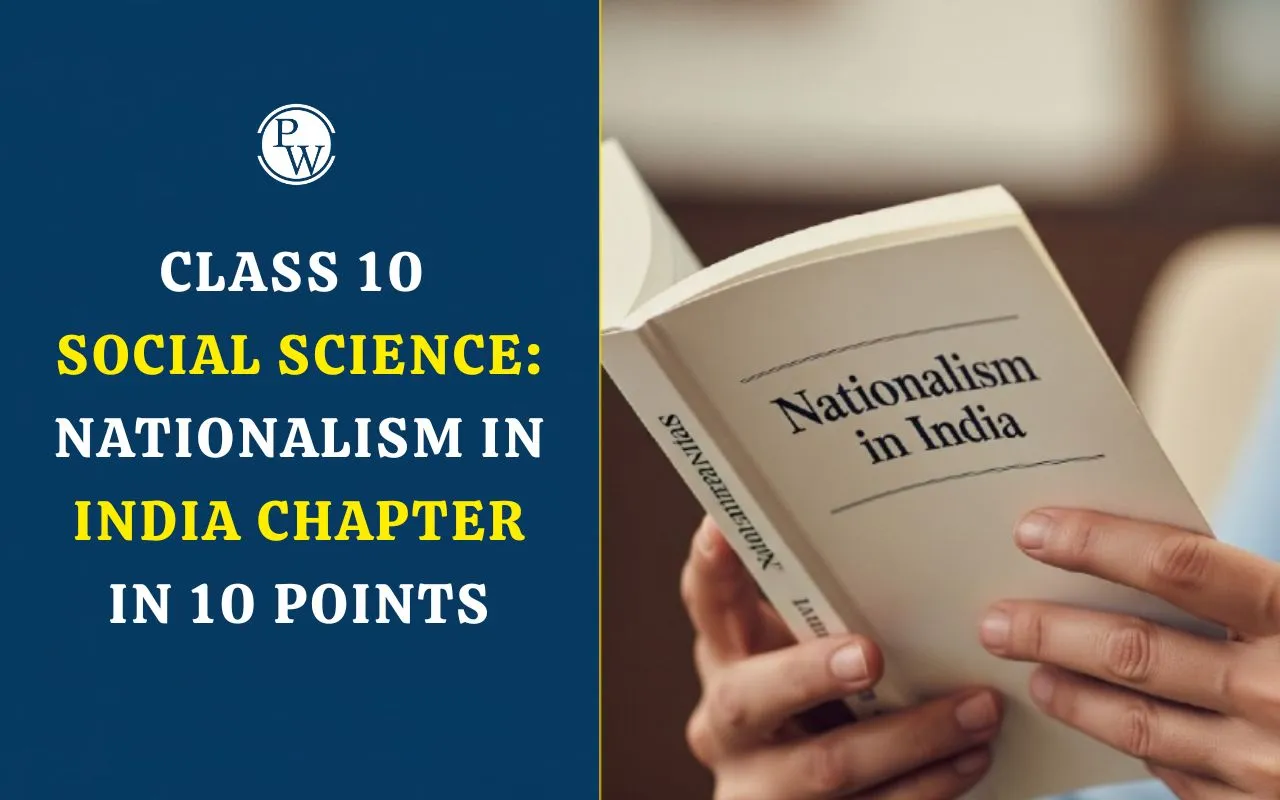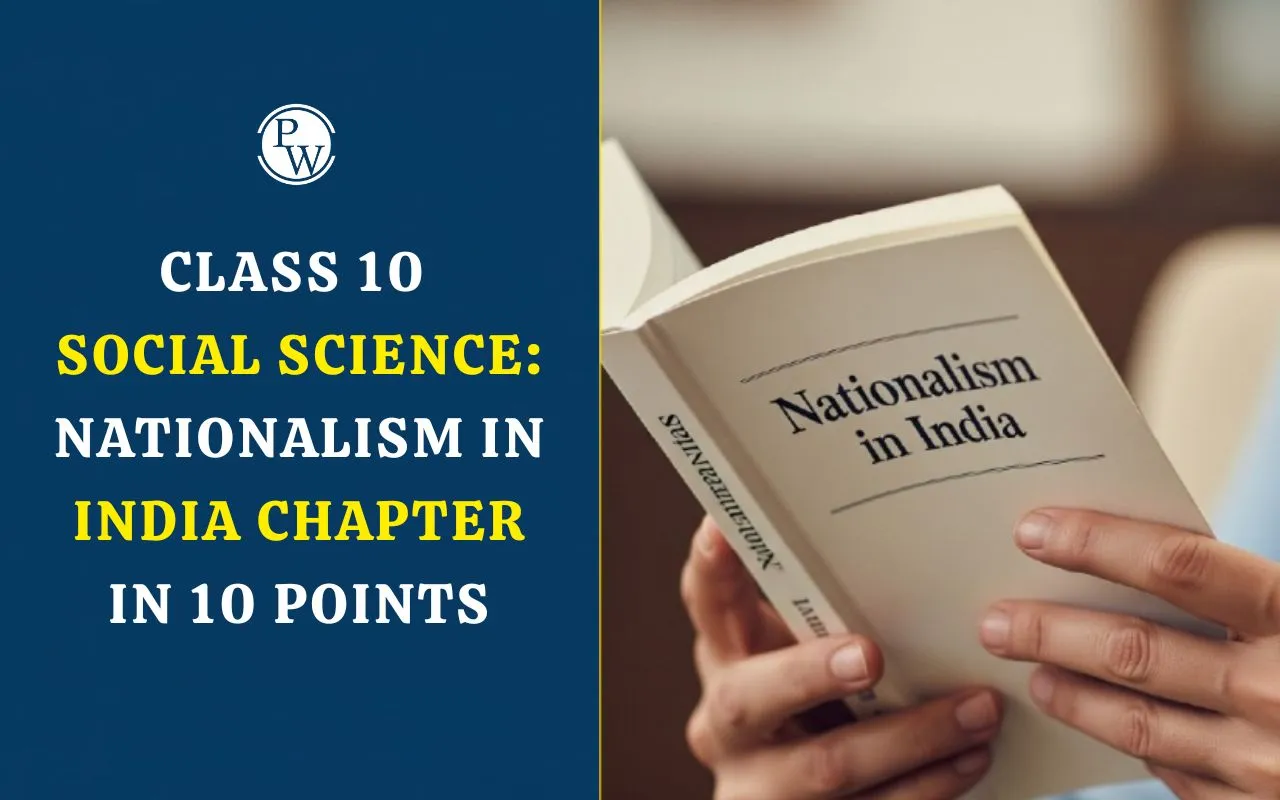

In Class 10 Social Science, the chapter Nationalism in India focuses on a crucial period in India’s freedom struggle. This section describes a pivotal phase marked by harsh British policies and increasing national resistance. The era began with widespread anger over the Rowlatt Act, which allowed detention without trial, followed by the shocking Jallianwala Bagh Massacre. Gandhi recognised the need for a broader, more unified movement, leading to his support for the Khilafat issue to strengthen Hindu–Muslim unity. These events laid the foundation for the Non-Cooperation Movement, which spread across cities, villages, and tribal regions. However, rising violence forced Gandhi to withdraw it in 1922.
Nationalism in India Chapter in 10 Points (1919–1922)
-
Rowlatt Act (1919) – Passed despite strong opposition, it allowed the British to detain anyone involved in political activities without trial for up to two years.
-
Gandhi’s Satyagraha and Violence – Gandhi launched a Satyagraha against the “cruel” act, but protests turned violent as people attacked police stations and symbols of British rule.
-
Jallianwala Bagh Massacre – General Dyer blocked the only exit of Jallianwala Bagh on Baisakhi and ordered firing on peaceful protestors and unaware villagers, killing hundreds.
-
Purpose Behind the Massacre – Dyer claimed he wanted to create a “moral effect,” instilling fear and preventing future resistance.
-
Need for a Broader Movement – Gandhi believed a nationwide, united struggle was needed to channel public anger and mobilize diverse groups.
-
Khilafat Issue Incorporated – To strengthen Hindu-Muslim unity, Gandhi supported the Khilafat movement led by Muhammad Ali and Shaukat Ali to defend the powers of the Ottoman Khalifa.
-
Launch of the Non-Cooperation Movement (NCM) – Inspired by Hind Swaraj, the NCM was adopted in December 1920 and launched in January 1921 to achieve Swaraj through non-cooperation with the British.
-
NCM in Towns and Slowdown – Students, teachers, and lawyers boycotted government institutions; foreign cloth was rejected. The movement later slowed due to costly Khadi and lack of Indian-run institutions.
-
NCM in the Countryside – In Awadh, peasants demanded rent reduction and an end to begar; in Gudem Hills, tribals led by Alluri Sitaram Raju launched militant resistance due to forest restrictions.
-
Withdrawal of the Non-Cooperation Movement – Rising violence, especially during the Chauri-Chaura incident where protestors killed policemen, made Gandhi withdraw the movement in 1922.
What Students Can Do
Class 10 students can strengthen their understanding by revising these 10 points and connecting them with the timeline of events. Creating short notes, mind maps, and comparing actions in towns and villages helps deepen clarity. Practising previous-year questions will improve exam readiness. Students should also read the NCERT textbook and reference books regularly for revision, ensuring they grasp key terms, causes, and consequences of each event.
